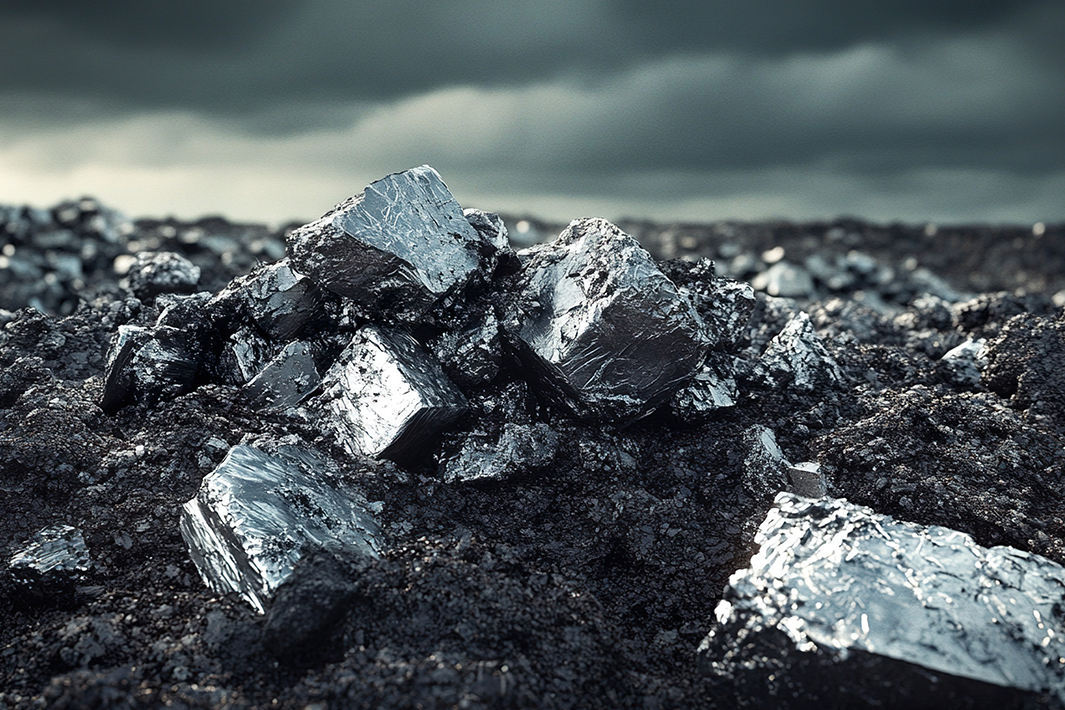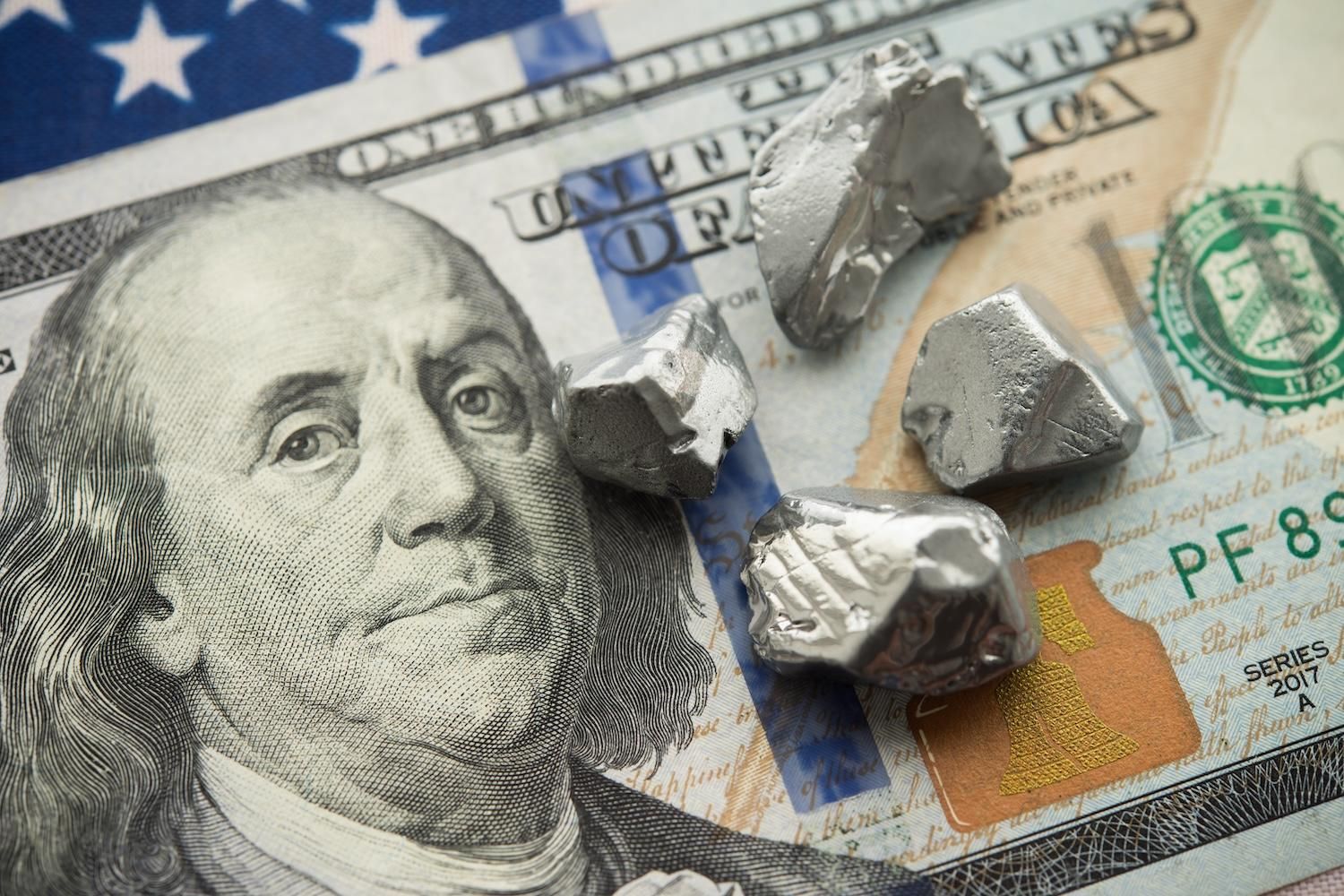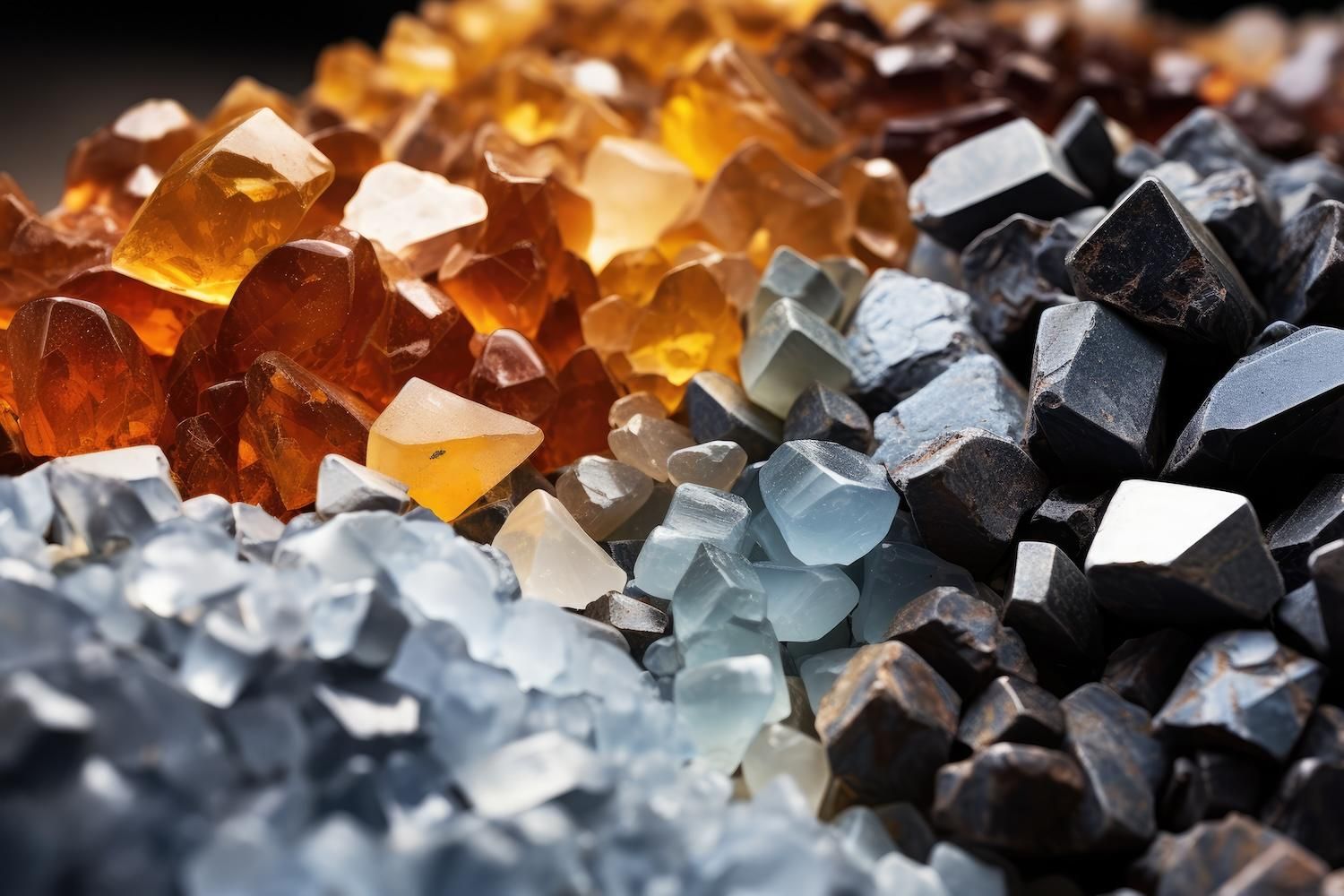
June 10, 2025
DY6 Metals Ltd (ASX: DY6, “DY6” or “Company”) is pleased to announce the initial results from the reconnaissance exploration program at the Central Rutile Project, Cameroon. Desktop studies incorporating detailed geological mapping, geophysics, and known mineral occurrences, were used to define initial, high priority targets for ground-truthing. The reconnaissance programme, which consisted of auger sampling, road-cutting channel sampling, soil sampling and stream sediment sampling, was successful in identifying heavy mineral (HM) and natural rutile mineralisation across all five tenements that make up the Central Rutile project. Rutile nuggets, ranging in size from 1mm+ to 2cm+, were observed in alluvial and eluvial (residual) sources. Samples collected from the initial exploration programme are currently being prepped for dispatch to the Company’s laboratory for analysis in South Africa, with results expected in August 2025.
HIGHLIGHTS
- Reconnaissance auger and grab sampling programme nearing completion at the Central Rutile Project, with a detailed soil sampling programme to commence shortly
- Soil sampling programme will be used to rapidly identify areas of higher grade HM and rutile mineralisation, which will be followed up on with a large auger drilling campaign in the September quarter
- Reconnaissance sampling undertaken across the 5 Central Rutile Project tenements has identified visible natural rutile from both alluvial and eluvial (residual) sources
- The identification of rutile across the entire tenement package is highly encouraging and reaffirms the Company’s belief that the region is an emerging, globally significant rutile province
- Samples collected from the reconnaissance program are due to be submitted for laboratory analysis in the coming weeks, with results expected in the September quarter
- The Company’s reconnaissance program at the Douala Basin HMS Project is ongoing, with initial results expected in the coming weeks
Non-executive Chairman, Dan Smith, commented:
“The in-country team has done a great job of mobilising to site so quickly. We are pleased with the initial results from the reconnaissance program at the Central Rutile project and the confirmation of widespread, natural rutile across the licences from both residual and alluvial sources. I look forward to the receipt of the assays in the coming months, as well as results from the ongoing exploration at the Douala Basin project.”
Technical Consultant, Cliff Fitzhenry, commented:
“The Central Rutile project covers a large (2,140km2) area, so this initial reconnaissance programme has only just scratched the surface of the potential for this area. We always knew the licences were in the right address, having the correct underlying geology, deep in-situ weathering profile, and known, historic rutile occurrences. The solid work of the in-country team, in conjunction with our Senior Exploration Geologist, Troth Saindi, is already paying dividends. Having achieved our initial goals, exploration at the Central Rutile project will shift from reconnaissance in nature to that of a detailed soil sampling programme. This will allow us to achieve greater coverage over the tenement package and will help to rapidly define zones of higher grade heavy mineral occurrences, which will be followed up with a large-scale auger sampling programme.
I am excited to get on the ground as soon as possible to help drive the exploration work as the project story unfolds.”
Reconnaissance exploration at the Central Rutile Project
As announced on 5 June 2025, the Company has commenced reconnaissance auger and grab sampling programmes at the Central Rutile and Douala Basin HMS projects, Cameroon. To date, at the Central Rutile Project the Company has completed 3 auger drill holes (refer Figure 1), collecting 10 samples in the process, as well as collected 42 channel samples from 7 road cutting exposures, 1 surface grab sample and 2 stream sediment samples for analysis (refer Tables 1-4).
Click here for the full ASX Release
This article includes content from DY6 Metals, licensed for the purpose of publishing on Investing News Australia. This article does not constitute financial product advice. It is your responsibility to perform proper due diligence before acting upon any information provided here. Please refer to our full disclaimer here.
DY6:AU
The Conversation (0)
10 July 2024
DY6 Metals
Developing new sources of critical minerals to power the green energy transition
Developing new sources of critical minerals to power the green energy transition Keep Reading...
24 July 2024
Quarterly Activities Report for the Period Ended 30 June 2024
Heavy rare earths and critical metals explorer DY6 Metals Ltd (ASX: DY6) (“DY6”, “the Company”) is pleased to present its quarterly activities report for the June 2024 quarter. Tundulu (REE)Historical high-grade drill intercepts reported at Tundulu including1:101m @ 1.02% TREO, 3.6% P2O5 from... Keep Reading...
02 July 2024
Reconnaissance Sampling Program Commences at Ngala Hill PGE Project to Follow up Historical Targets
DY6 Metals Ltd (ASX: DY6, “DY6” or the “Company”), a strategic metals explorer targeting Heavy Rare Earths (HREE) and Niobium (Nb) in southern Malawi, is pleased to report it is preparing for commencement of a reconnaissance program at the Company’s highly prospective PGE project at Ngala Hill... Keep Reading...
29 June 2023
Heavy Rare Earths & Niobium Explorer DY6 Metals Lists On ASX Following Successful $7M IPO
Heavy rare earths and niobium explorer DY6 Metals Limited (ASX: DY6) (“DY6”, “the Company”) is pleased to announce that its shares will begin trading on the Australian Securities Exchange at 9am Perth today. $7 million successfully raised via IPO, including $2.5 million from Hong Kong- based... Keep Reading...
16 December
Policy Shift Sparks Renewed Interest in Rare Earths Stocks
Rare earths stocks have gained renewed investor attention following recent policies that sharpen the US government's focus on securing critical minerals supply chains. In early 2025, the Trump administration signaled stronger commitments to reduce American reliance on China for rare earth... Keep Reading...
15 December
ReeXploration Announces $1,000,000 Private Placement
Capital raise supports upcoming drill program targeting newly identified uranium system along Namibia's premier uranium corridorReeXploration Inc. (TSXV: REE) (FSE: K2I0) ("ReeXploration" or the "Company") is pleased to announce a private placement for aggregate gross process of up to $1,000,000... Keep Reading...
12 December
ReeXploration Announces Field Program Results Confirming Large-Scale Uranium Target at Eureka, Namibia
Ground radiometrics, soil geochemistry and mapping reinforce the potential for a Rossing-style system beneath shallow coverReeXploration Inc. (TSXV: REE) (FSE: K2I0) ("ReeXploration" or the "Company") is pleased to announce results from its uranium field program, which provide strong support for... Keep Reading...
09 December
Pensana Secures US$100 Million Investment for US Mine-to-Magnet Plan
Rare earths-focused Pensana (LSE:PRE,OTC Pink:PNSPF) reported on Tuesday (December 9) that it has concluded a US$100 million subscription with a strategic investor.According to the company, the deal underpins its broader mine-to-magnet strategy in the US.The unnamed investor subscribed for 95... Keep Reading...
07 December
U.S. Investors Lead Oversubscribed $17m Placement
Locksley Resources (LKY:AU) has announced U.S. Investors Lead Oversubscribed $17m PlacementDownload the PDF here. Keep Reading...
04 December
ABx Receives First Mixed Rare Earth Carbonate Sample from Deep Leads
ABx Group (ASX:ABX) said the Australian Nuclear Science and Technology Organisation (ANSTO) has produced the first mixed rare earth carbonate (MREC) sample from the Deep Leads resource in Northern Tasmania.A Tuesday (December 2) press release states that the ANSTO sample contains 4 percent... Keep Reading...
Latest News
Interactive Chart
Latest Press Releases
Related News
TOP STOCKS
American Battery4.030.24
Aion Therapeutic0.10-0.01
Cybin Corp2.140.00







